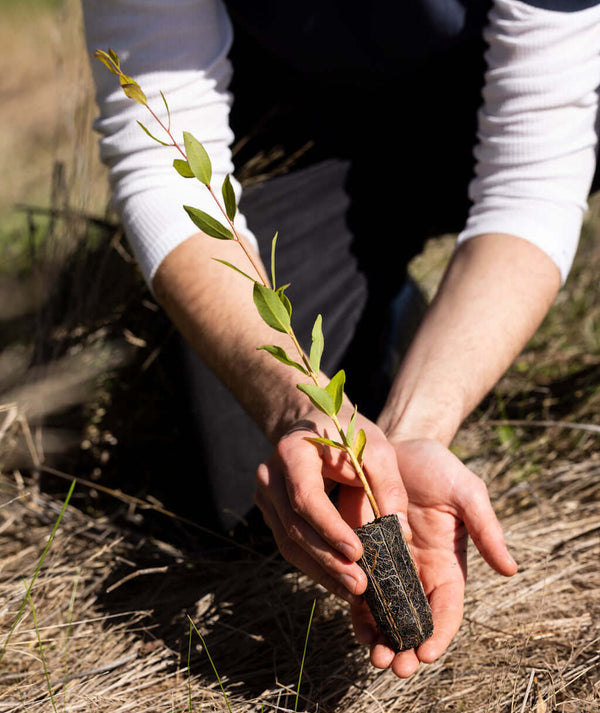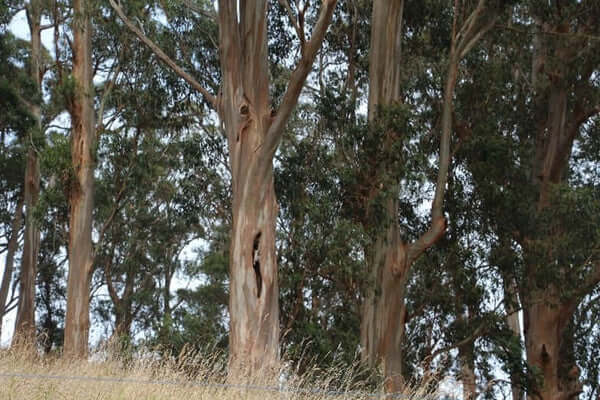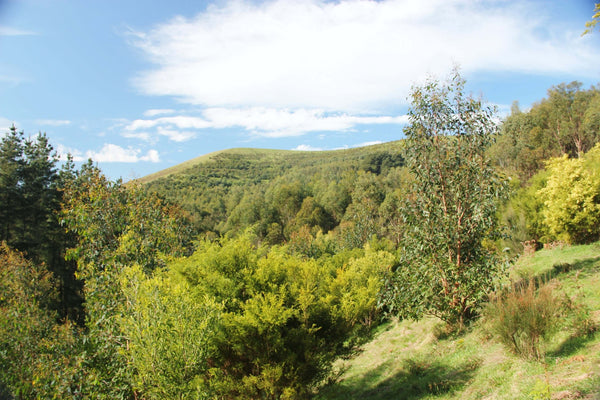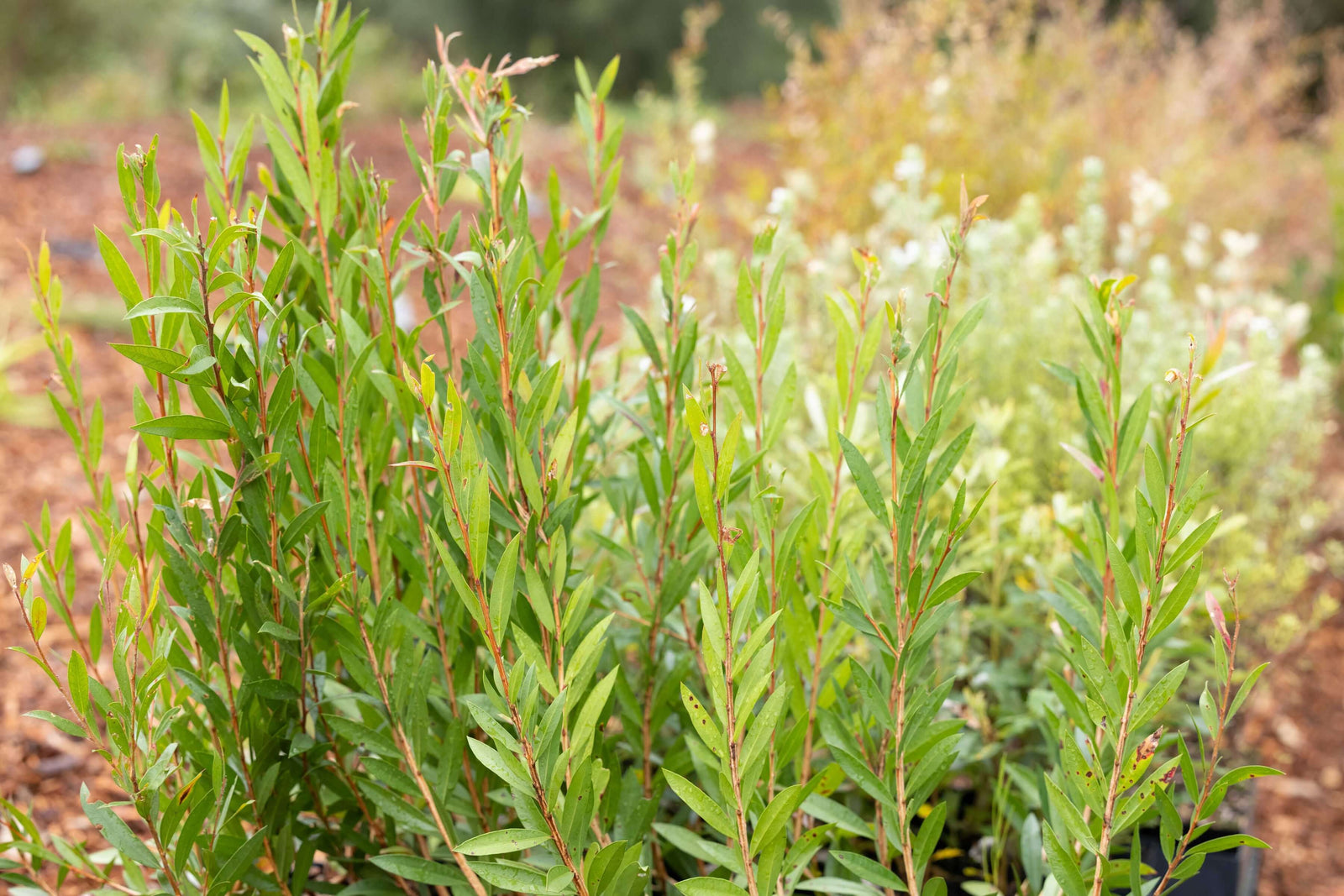Greenfleet has been focused on large-scale native reforestation for over a quarter of a century. Since 1997, we have been growing forests and growing hope for the future of our climate.
Greenfleet has planted over 11.2 million trees across 550+ forests in Australia and New Zealand. These forests will remove over 5 million tonnes of CO2-e from the atmosphere across their lifetime while providing habitat for our native wildlife, conserving biodiversity and improving the quality of our soils and waterways.

Protecting Greenfleet's Forests
While the preparation of our sites, selection of trees and the process of planting is vital, it is not the final step.
To guarantee our forests have the best chance of growing for generations to come, we legally protect each and every one for up to 100 years, with an agreement on the land title. This means that if the land changes owners, the protection from deforestation remains in place through the rest of this century.
The Importance Of 100 Years
Our forests start sequestering CO2-e over the course of their lives but a mature forest captures more carbon as it becomes more established. As trees grow, they have more leaves and a greater surface area that is able to photosynthesise – a vital process in the sequestration of carbon.
Older forests are also able to hold more carbon in their soils as there is more organic materials like leaf litter and fallen branches which can bind more carbon molecules within it to capture and hold more carbon[1]. As our forests grow, they become self-sustaining ecosystems which is why we ensure we plant a variety of locally native species in each of our projects.

Native Wildlife Habitat
Another important reason that we protect our forests for so long is to give them the opportunity to provide long term habitat for our much-loved fauna.
The leaflitter of an established forest can provide habitat for many small animals, insects and fungi all which play a vital role in maintaining the health and biodiversity of the forest.
Hollows and cavities also form in older trees as a result of weathering from lightening, wind, fire, or even decay from termites or fungi. These hollows provide important habitat for hundreds of native Australian animals including the Endangered Glossy Black Cockatoo, the Swift Parrot and the Leadbeater Possum. In some instances, they can take hundreds of years to form highlighting the importance of allowing these native forests to become established.
Pictured are Blue Gums(E. globulus subsp. bicostata), estimated by our Revegetation Team to be over 100 years old. This remnant forest is growing at our site called Glendalough, located on Boon Wurrung land in South Gippsland, Victoria.

Building Resilient Ecosystems
Over the course of decades, a maturing forest can also enact a process of natural regeneration. This happens when a mature tree produces seeds that go on to become young trees themselves. These saplings grow in the understory of the forest, reaching their way towards the sunlight at the top of the canopy. This cycle of regeneration is a part of the function of a natural forest with the living trees guaranteeing the next generation of thriving plants.
Greenfleet's forest on Boonwurrung Country in South Gippsland, Victoria. The forest is called Battery Creek and was first planted in 1999.
With the knowledge that we have protected our forests for the first 100 years of their lives, we hope they remain thriving for even longer providing environmental benefits for many more generations.


